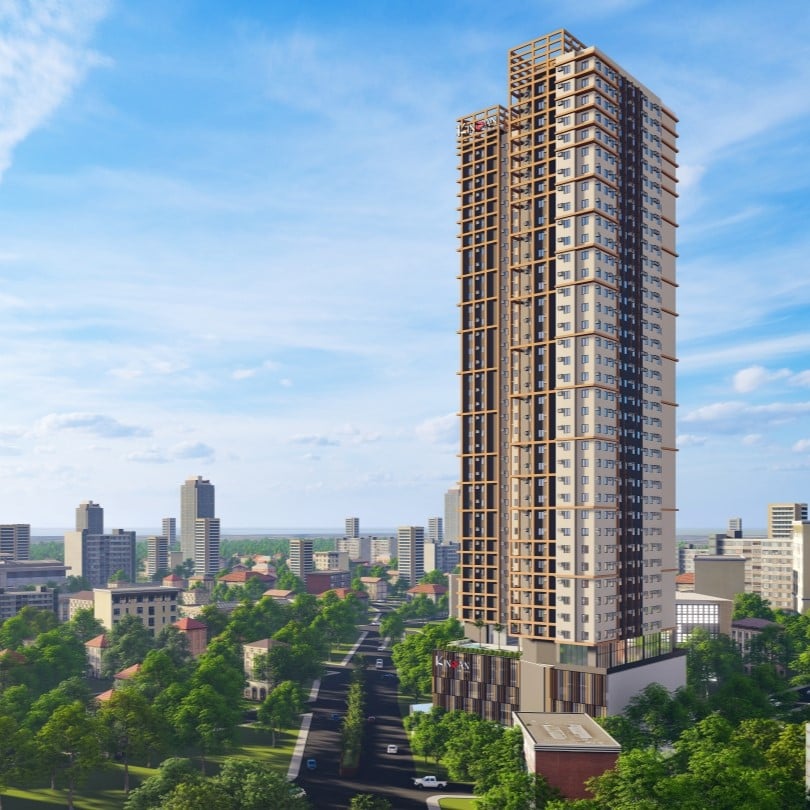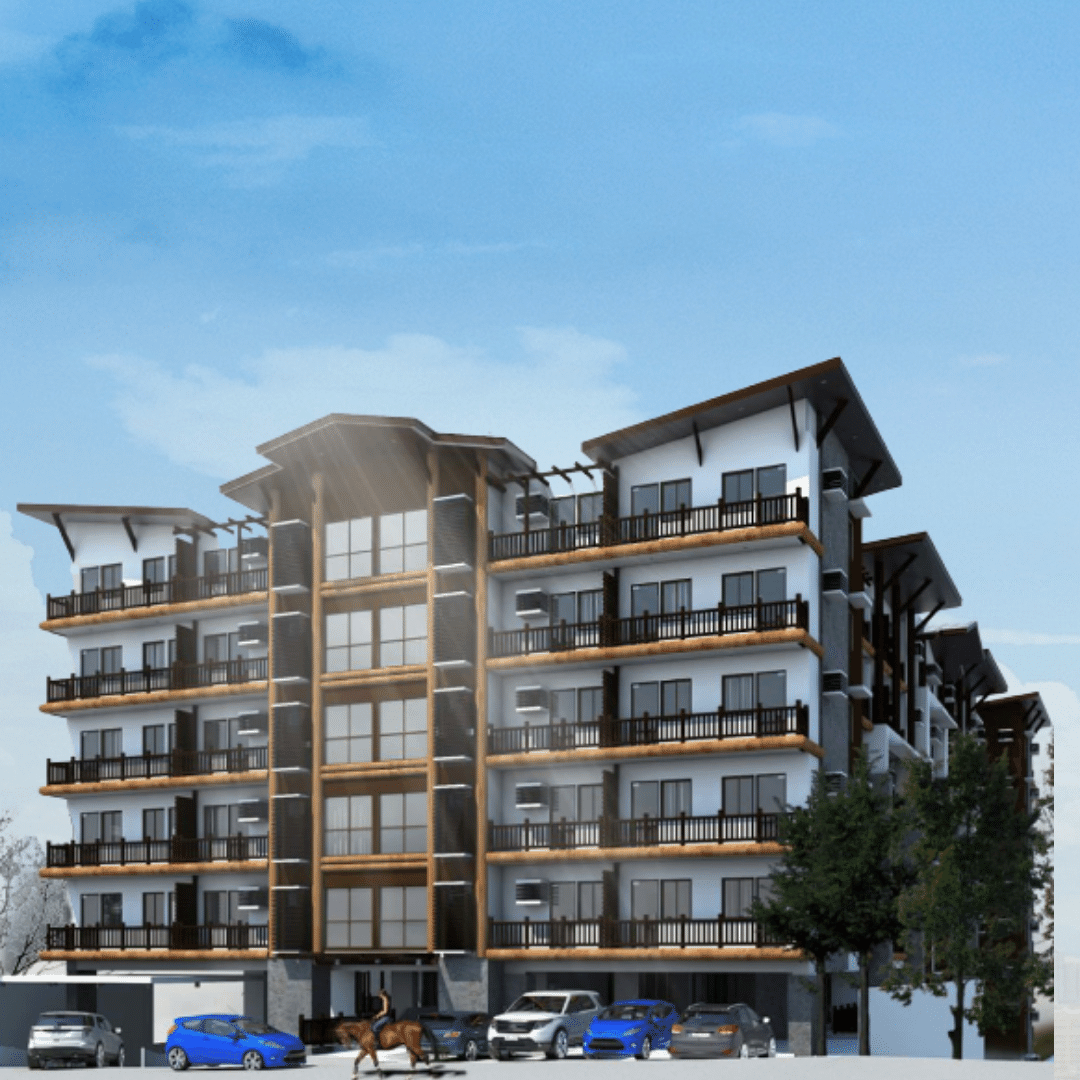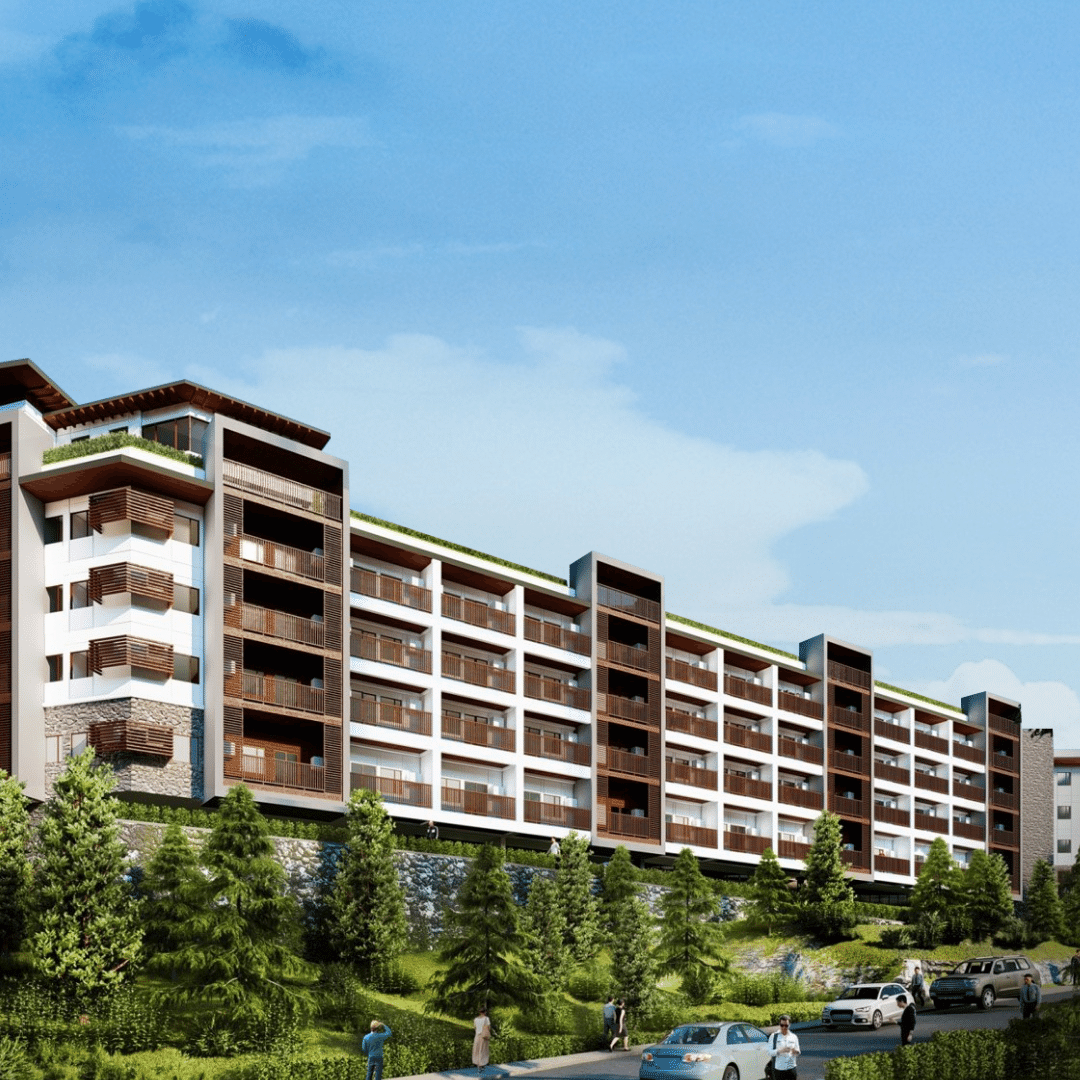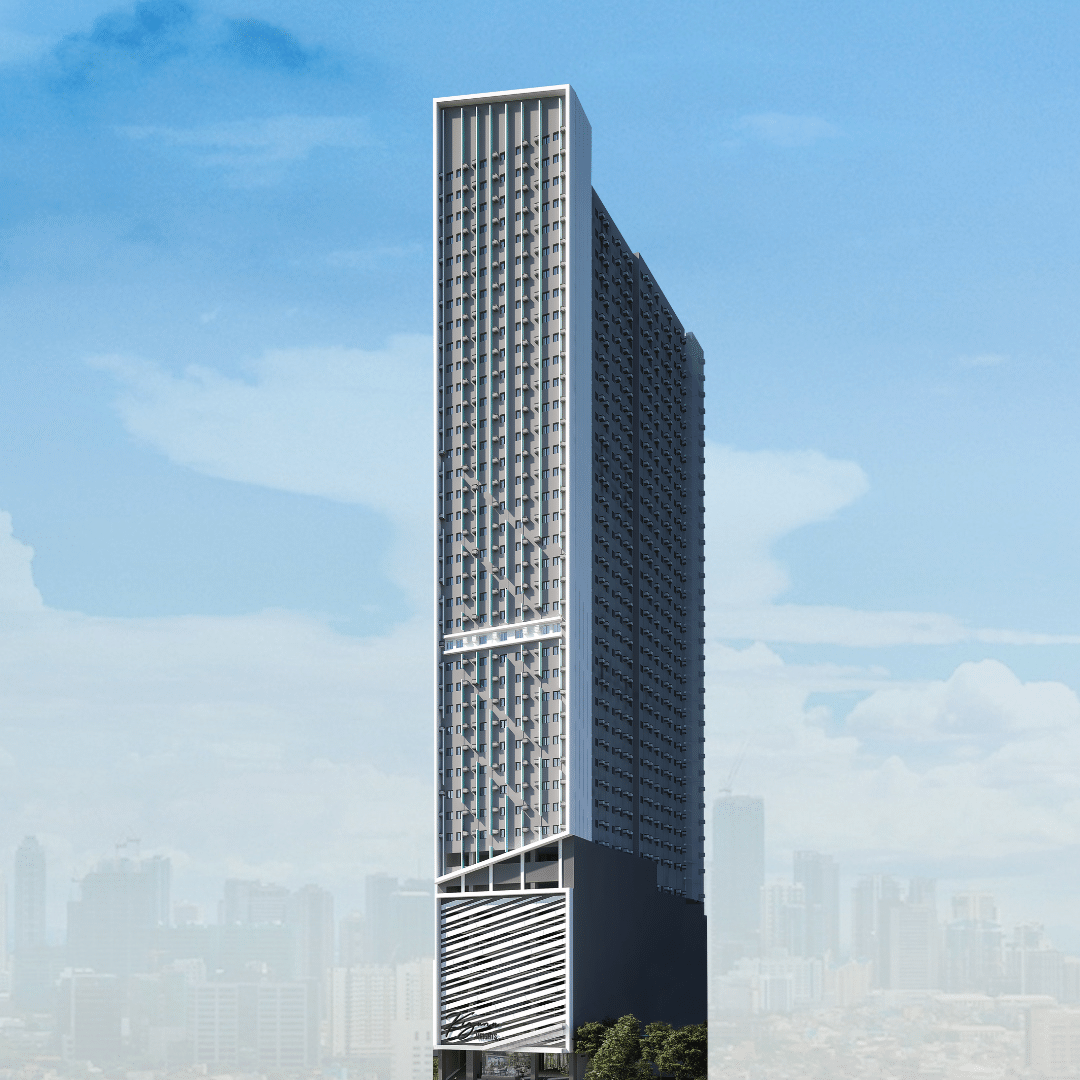Choosing between rural and urban property investments involves careful consideration of various factors. Both rural and urban areas offer unique advantages and challenges, making it essential for investors to align their investment goals with the characteristics of each setting. Let's explore the pros and cons of investing in rural and urban properties:
Urban Property Investments:
1. High Demand
Urban areas, especially in bustling cities like Manila, Cebu, and Davao, often experience high demand for real estate due to high population density, and economic activity. This demand can translate into lucrative rental yields and property appreciation.
2. Infrastructure and Amenities
Urban properties and suburbs typically benefit from better infrastructure, such as roads, public transportation, schools, hospitals, and commercial centers. These amenities enhance the livability of the area and attract tenants or buyers.
3. Diverse Investment Options
Urban areas offer a wide range of property types, including condominiums, apartments, townhouses, and commercial spaces. Investors can diversify their portfolios by tapping into different segments of the real estate market.
4. Potential for Higher Returns
While urban properties often come with a higher initial investment, they also offer the potential for higher returns, especially in prime locations where property values tend to appreciate rapidly.
Challenges of Urban Property Investments:
1. High Costs
The cost of acquiring urban properties, especially in central business districts and popular neighborhoods, can be significantly higher compared to rural or suburban areas. This may pose a barrier to entry for some investors.
2. Competition
Urban real estate markets are competitive, with numerous investors vying for prime properties. This competition can drive up prices and lower rental yields, particularly in oversaturated areas.
3. Limited Space
Land scarcity in urban areas can limit development opportunities and increase property prices. Investors may need to contend with smaller lot sizes and zoning regulations that restrict construction.
Rural Property Investments:
1. Affordability
Rural properties are generally more affordable than their urban counterparts. Investors can purchase larger tracts of land or properties at lower prices, offering potential for higher returns on investment.
2. Potential for Development
Rural areas often present opportunities for development, especially as urbanization spreads to the outskirts of major cities. Investors can capitalize on this trend by acquiring land for residential, agricultural, or leisure developments.
3. Natural Beauty and Serenity
Rural properties offer a peaceful environment surrounded by natural beauty, making them attractive for vacation homes, resorts, or eco-tourism ventures. These properties can appeal to buyers seeking a retreat from the hustle and bustle of city or suburban life.
Challenges of Rural Property Investments:
1. Limited Infrastructure
Rural areas and towns may lack basic infrastructure such as paved roads, electricity, and water supply, which can deter potential buyers or tenants. Developing these amenities may require additional investment and coordination with local authorities.
2. Market Volatility
The demand for rural properties in the Philippines can be more volatile compared to urban areas, as it is often influenced by factors such as agricultural trends, government policies, and tourism fluctuations.
3. Longer Time Horizon
Rural property investments may require a longer time horizon for appreciation and profitability compared to urban properties. Investors should be prepared for potentially slower returns on their investment.
Pros and Cons of Rural Property Investments
Investing in rural properties in the Philippines presents a unique set of advantages and challenges that investors must carefully consider. Understanding the pros and cons of rural property investments can help individuals make informed decisions about allocating their resources. Here's an overview:
Pros of Rural Property Investments:
1. Affordability
Rural properties in the Philippines are generally more affordable compared to their urban counterparts. Lower land prices and property values make rural investments accessible to a broader range of investors.
2. Development Potential
Rural areas often present opportunities for development, including residential, agricultural, or leisure projects. Investors can capitalize on the potential for growth and value appreciation by acquiring land for future development or resale.
3. Natural Beauty and Serenity
Rural properties offer that people live in a peaceful and scenic environment surrounded by natural beauty. This makes them attractive for individuals seeking a retreat from the hustle and bustle of city life or looking to invest in eco-tourism ventures.
4. Land Availability
Rural areas typically have more available land compared to urban settings. Investors have the opportunity to purchase larger tracts of land for various purposes, such as farming, ranching, or recreational activities.
5. Lower Competition
Unlike urban markets, rural real estate markets in the Philippines may experience less competition among buyers and investors. This can result in more favorable pricing and negotiation opportunities for those looking to acquire rural properties.
6. Potential for Self-Sufficiency
Rural properties offer the potential for self-sufficiency through agricultural activities, such as farming or livestock raising. Investors can leverage these opportunities to generate additional income streams or reduce living expenses.
Cons of Rural Property Investments:
1. Limited Infrastructure
Rural areas often lack essential infrastructure, such as paved roads, electricity, and water supply. Developing these amenities may require additional investment and coordination with local authorities, adding to the overall cost of rural property ownership.
2. Market Volatility
The demand for rural properties in the Philippines can be more volatile compared to urban areas. Factors such as agricultural trends, government policies, and tourism fluctuations can significantly impact property values and investment returns.
3. Lower Liquidity
Rural properties may have lower liquidity compared to urban properties, meaning they may take longer to sell or rent out. Investors should be prepared for potentially longer holding periods and less flexibility in exiting their investments.
4. Limited Access to Services
Residents of rural areas may have limited access to essential services such as healthcare, education, and commercial establishments. This can affect the attractiveness of rural properties for potential tenants or buyers, particularly for those accustomed people living next to urban conveniences.
5. Distance from Urban Centers
Rural properties are typically located farther away from urban centers, resulting in longer commute times and reduced accessibility to employment opportunities, schools, and amenities in urban area. This geographical distance may deter some investors and tenants from considering rural properties.
6. Environmental Factors
Rural properties may be susceptible to environmental factors such as natural disasters, pests, and climate-related risks. Investors should assess the potential impact of these factors on property value and investment viability.
Pros and Cons of Urban Property Investments
Investing in urban properties presents a range of advantages and challenges that investors need to carefully evaluate. Understanding the pros and cons of urban property investments is essential for making informed decisions about allocating capital in real estate markets. Here's an overview:
Pros of Urban Property Investments:
1. High Demand
Urban areas, particularly in the country with major cities like Manila, Cebu, and Davao, experience consistently high demand for real estate. The population density and economic activity in urban centers drive demand for residential, commercial, and mixed-use properties, translating into potentially lucrative rental yields and property appreciation.
2. Infrastructure and Amenities
Urban properties benefit from well-developed infrastructure, including paved roads, public transportation networks, healthcare facilities, educational institutions, shopping centers, and entertainment venues. These amenities enhance the quality of life for residents and make urban areas attractive for both tenants and buyers.
3. Diverse Investment Options
Urban real estate markets offer a diverse range of investment options, including condominiums, apartments, townhouses, commercial buildings, and mixed-use developments. Investors have the flexibility to tailor their portfolios to align with specific investment goals and risk preferences.
4. Potential for Higher Returns
While urban properties often come with higher initial investment costs compared to rural areas, they also offer the potential for higher returns. Prime locations in urban centers typically experience rapid property appreciation, leading to capital gains for investors over time.
5. Accessibility and Convenience
Urban properties provide convenient access to employment opportunities, educational institutions, healthcare services, shopping centers, restaurants, and cultural attractions. This accessibility enhances the overall convenience and quality of life for residents, making urban living desirable for many.
6. Liquidity
Urban properties tend to have higher liquidity compared to rural properties, meaning they can be bought and sold more easily. The active real estate market in both urban and rural areas allows investors to capitalize on opportunities for profit and portfolio optimization.
Cons of Urban Property Investments:
1. High Costs
Urban properties in prime locations often come with a hefty price tag, making them less accessible to some investors. The cost of acquisition, coupled with ongoing expenses such as property taxes, maintenance fees, and insurance premiums, can impact investment affordability and profitability.
2. Competition
Urban real estate markets are highly competitive, with numerous investors vying for desirable properties. This competition can drive up property prices and lower rental yields, particularly in saturated markets or popular neighborhoods.
3. Limited Space
Land scarcity in urban areas can limit development opportunities and drive up property prices. Investors may encounter challenges related to smaller lot sizes, zoning regulations, and height restrictions, among other buildings which can impact the feasibility and profitability of development projects.
4. Noise and Pollution
Urban properties may be exposed to higher levels of noise pollution, air pollution, and environmental hazards compared few homes in to rural areas. These factors can affect the quality of life for residents and influence property values over time.
5. Regulatory Complexity
Urban property investments may be subject to complex regulatory frameworks, including zoning laws, building codes, land use regulations, and tax policies. Navigating these regulations requires careful due diligence and compliance to avoid potential legal and financial liabilities.
6. Risk of Overdevelopment
In some urban markets, there is a risk of overdevelopment, leading to an oversupply of properties and downward pressure on prices. Investors should assess market dynamics and supply-demand trends to mitigate the risk of investing in overheated markets.
Demand and Rental Yields: Rural vs. Urban Markets
Analyzing demand and rental yields is crucial for investors considering property investments, whether in rural or urban markets. Understanding the dynamics of demand and rental yields in each setting helps investors make informed decisions about where to allocate their capital. Here's a comparison of demand and rental yields between rural and urban markets:
Demand in Rural Markets:
1. Local Demand
In rural areas of the Philippines, demand for properties is often driven by locals seeking homes for residential purposes, agricultural land for farming, or land for small-scale businesses. The demand may be influenced by factors such as population growth, employment opportunities in agriculture, and government initiatives to develop rural economies.
2. Tourism Potential
Rural areas with scenic landscapes, beaches, mountains, or cultural attractions may attract tourists, driving demand for vacation rentals, resorts, and leisure properties. Investors can capitalize on the growing tourism industry by investing in rural properties with tourism potential.
3. Retirement Destinations
Some rural areas in the Philippines are popular retirement destinations for both locals and expatriates seeking a peaceful and affordable lifestyle. The demand for retirement homes, villages and communities in rural settings has been increasing, particularly among retirees looking to escape the urban hustle.
Rental Yields in Rural Markets:
1. Varied Rental Yields
Rental yields in rural markets can vary significantly depending on factors such as location, property type, and local demand. Residential properties may offer modest rental yields, while agricultural land or leisure properties with tourism potential may provide higher returns.
2. Stability
Rental yields in rural markets tend to be more stable compared to urban markets, as properties are often less affected by short-term fluctuations in demand and rental rates. However, investors should be mindful of seasonal variations in rental demand, especially in tourist-dependent rural areas compared to.
3. Long-Term Appreciation
While rental yields in rural areas may not be as high as in urban centers, rural properties often offer the potential for long-term appreciation in value. As a rural area' economies develop and infrastructure improves, property values may increase over time, providing investors with capital gains.
Demand in Urban Markets:
1. Population Growth
Urban areas in the Philippines experience rapid population growth due to rural-to-urban migration, natural population increase, and urbanization trends. This population growth drives demand for housing, commercial space, and other urban amenities, creating opportunities for property investors.
2. Employment Opportunities
Urban centers attract individuals seeking employment opportunities in various sectors such as finance, technology, manufacturing, and services. The concentration of jobs in urban areas increases demand for rental properties among working professionals and families looking for convenient access to workplaces.
Student Population: Cities with universities and colleges attract a significant student population, driving demand for rental accommodation near educational institutions. Investors can capitalize on this demand by targeting student housing markets in urban areas with a high concentration of educational institutions.
Rental Yields in Urban Markets:
1. Competitive Rental Yields
Urban markets in the Philippines are characterized by competitive rental yields, especially in prime locations with high demand and limited supply. Residential properties, particularly apartments and condominiums, may offer attractive rental yields due to the steady demand from tenants.
2. Higher Rental Rates
Rental rates in urban markets are typically higher compared to urban and rural areas together, reflecting the higher cost of living, better infrastructure, and proximity to urban amenities. Investors can leverage the higher rental rates in urban centers to generate steady cash flow from rental income.
3. Tenant Turnover
Urban rental properties may experience higher tenant turnover rates compared to rural properties, as tenants often relocate for job opportunities or lifestyle changes. While this turnover can result in vacancy periods and turnover costs, it also presents opportunities for landlords to adjust rental rates and attract new tenants.






